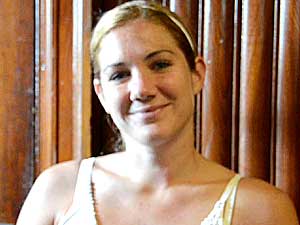|
| ||
 |
HOME | ORGANIZATION | TASK
FORCES | INITIATIVES | NEEDS
ASSESSMENT | RESOURCES | COALITIO |
|
| Key Informant Interviews | ||
Key Informant Interviewees |
A number of Key Informants have volunteered to respond to a series of questions about the health of the community. Click on any of the names below to hear each person or persons talk about their view of our health challenges as well as our resources and ideas for things we can do to improve our health. Any of the eight factors that contribute to health as defined by the Population Health Institute that were mentioned by the Informants are listed below their names. | |
 |
Michael Aguiar, Director of Youth Services at Stanley Street Treatment and Resources, ftalks about efforts to prevent substance use and abuse among young people (8:02)
|
|
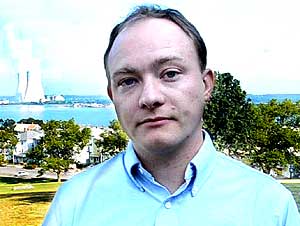 |
Craig Altemose of Better Futures talks about the impact of the Brayton Point Power Station on the health of residents in Southeastern Massachusetts (1:12)
|
|
 |
Al Araujo discusses the health needs of people with mental health and substance abuse issues (12:17)
|
|
 |
John Arcuri, MD, Director of Emergency Services, Saint Anne's Hospital talks about what brings people to the Emergency Service and how who comes in provides an indicator of what is missing in the human services treatment system (32:05)
|
|
|
Two consumers talk about their experiences using the services of the Women, Infants and Children Program at the HealthFirst Family Care Center (9:31)
|
|
 |
Lee Leblanc Corrigan from Citizens for Citizens Family Planning describes the health concerns of the youth that she counsels, including their concerns about pregnancy prevention and sexually transmitted diseases (8:08)
|
|
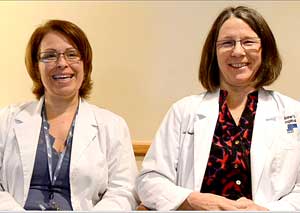 |
Registered Nurse Rose Marie Couto and Registered Dietitian Laurie Hammontree, both of Saint Anne's Hospital, comment on their experiences in preventing and treating diabetes (13:19)
|
|
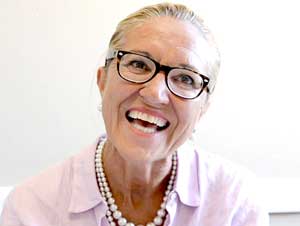 |
Helena DaSilva Huges, Executive Director of the Immigrant Assistance Center, talks about the challenges of improving the health status of immigrants to our area (15:52)
|
|
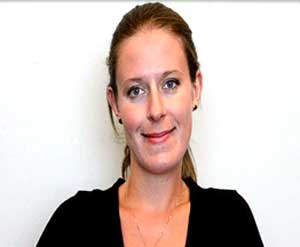 |
Liz Dennehy, Fall River City Planner, talks about the role that the Planning Department can and has played to create a healthier communtiy through the development of parks, bicycle paths and other projects (4:47
|
|
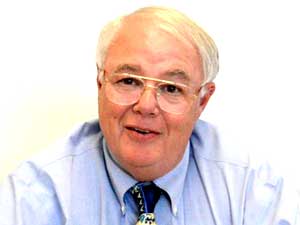 |
Ray Hague, Director of Veterans' Services for the City of Fall River, talks about the health issues among veterans in our area (4:28)
|
|
 |
Bob Hitt, Director of the HIV/AIDS Program at Stanley Street Treatment and Resources talks about the ongoing issues associated with HIV/AIDS in the community (10:10)
|
|
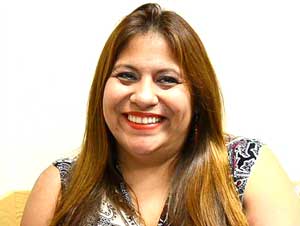 |
Glenda Izzaguerre of Senator Keating's Office talks about the health status of Latino immigrants (3:06)
|
|
 |
Rita Lebeau, of the Fall River Housing Authority, talks about the challenges of improving the health status of seniors in public housing (7:14)
|
|
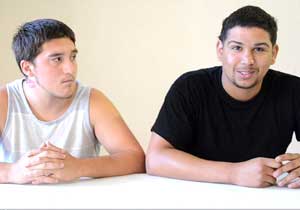 |
Matt and Josh from Project Success talk about their own thoughts about staying healthy as well as those of their friends, including diet, exercise, tobacco, marijuana, and other drugs (10:11)
|
|
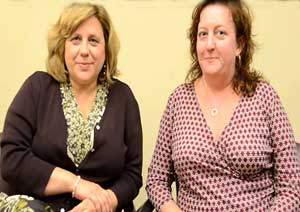 |
Rosa Medeiros of the First Step Inn and Mary Camara of Community Development offer their prespective on the health of homeless individuals and the resources available to them (7:14)
|
|
 |
Betty Nunes, Community Outreach Worker for the HealthFirst Family Care Dental Program, talks about the challenges of improving the community's oral health (4:50)
|
|
 |
Nancy Paull, Executive Director of Stanley Street Treatment and Resources, talks about the impact of substance abuse on the health of the population in Greater Fall River (6:35)
|
|
|
Annemarie Sharkey, Coordinator for the 2013 Greater Fall River Fitness Challenge, talks about efforts to improve the fitness and nutrition of area residents (4:140
|
|
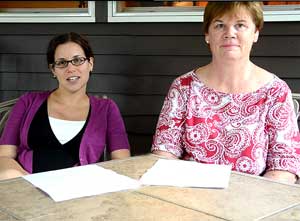 |
Renee and Connie, residents of Somerset, share their perceptions of the health concerns and opportunities in their town.
|
|
 |
Elizabeth Sousa, Protective Worker for Bristol Elder Services, talks about health concerns especially among Latino elders (14:27)
|
|
 |
Henry Vaillaincourt, MD, Director of Health and Human Services for the City of Fall River, discusses the health status of the community (7:53)
|
|
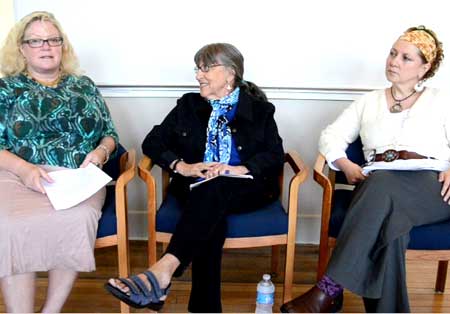 |
Westport town residents comment on a variety of health concerns in the town and offer some recommendations on how to improve the health of the residents.
|
|
 |
Jamila Wade of SER-Jobs talks about her experience of recovering from homelessness at the Homeless Connect event at Bristol Community College a range of recreation programs (3:39)
|
|

